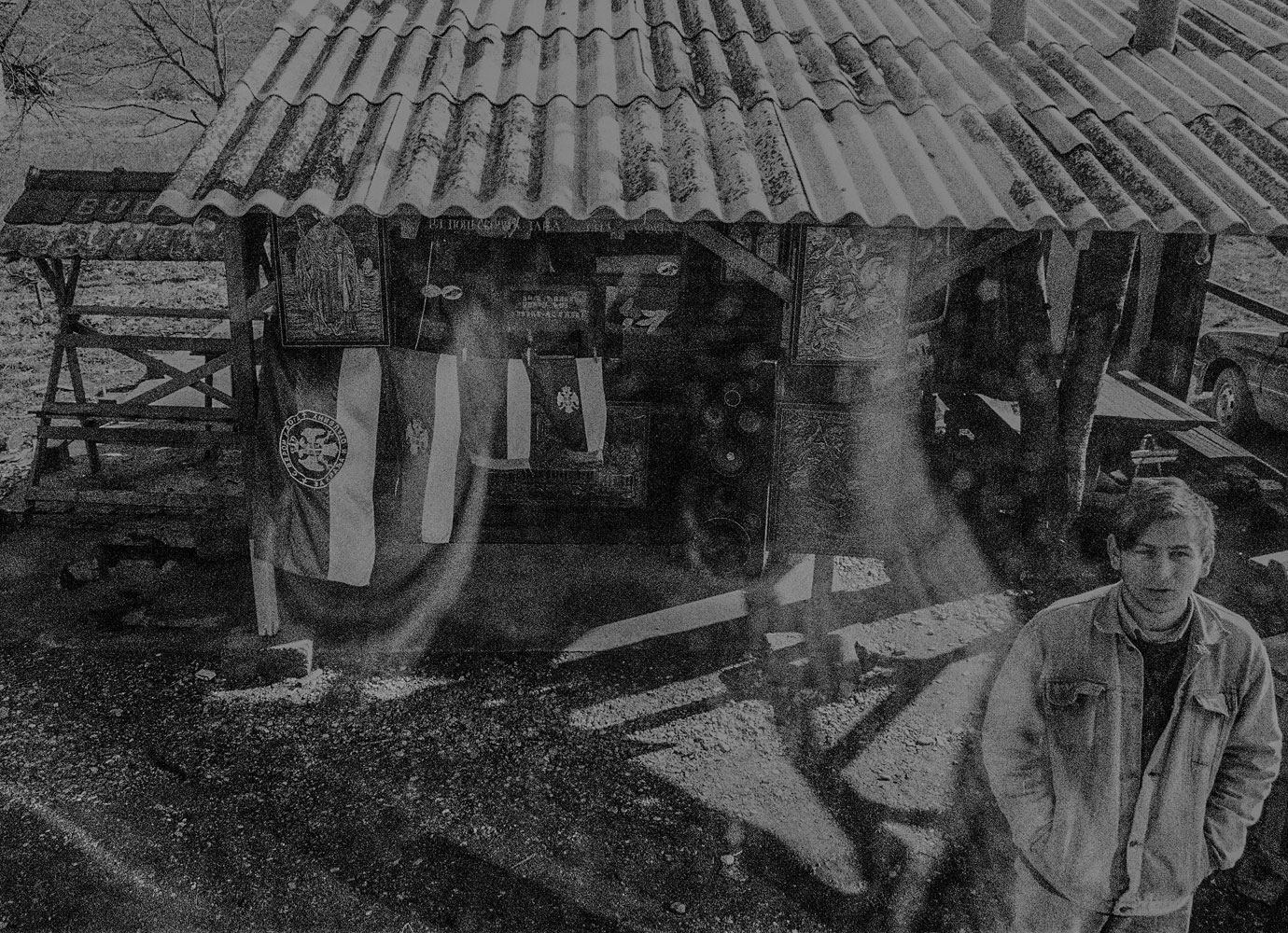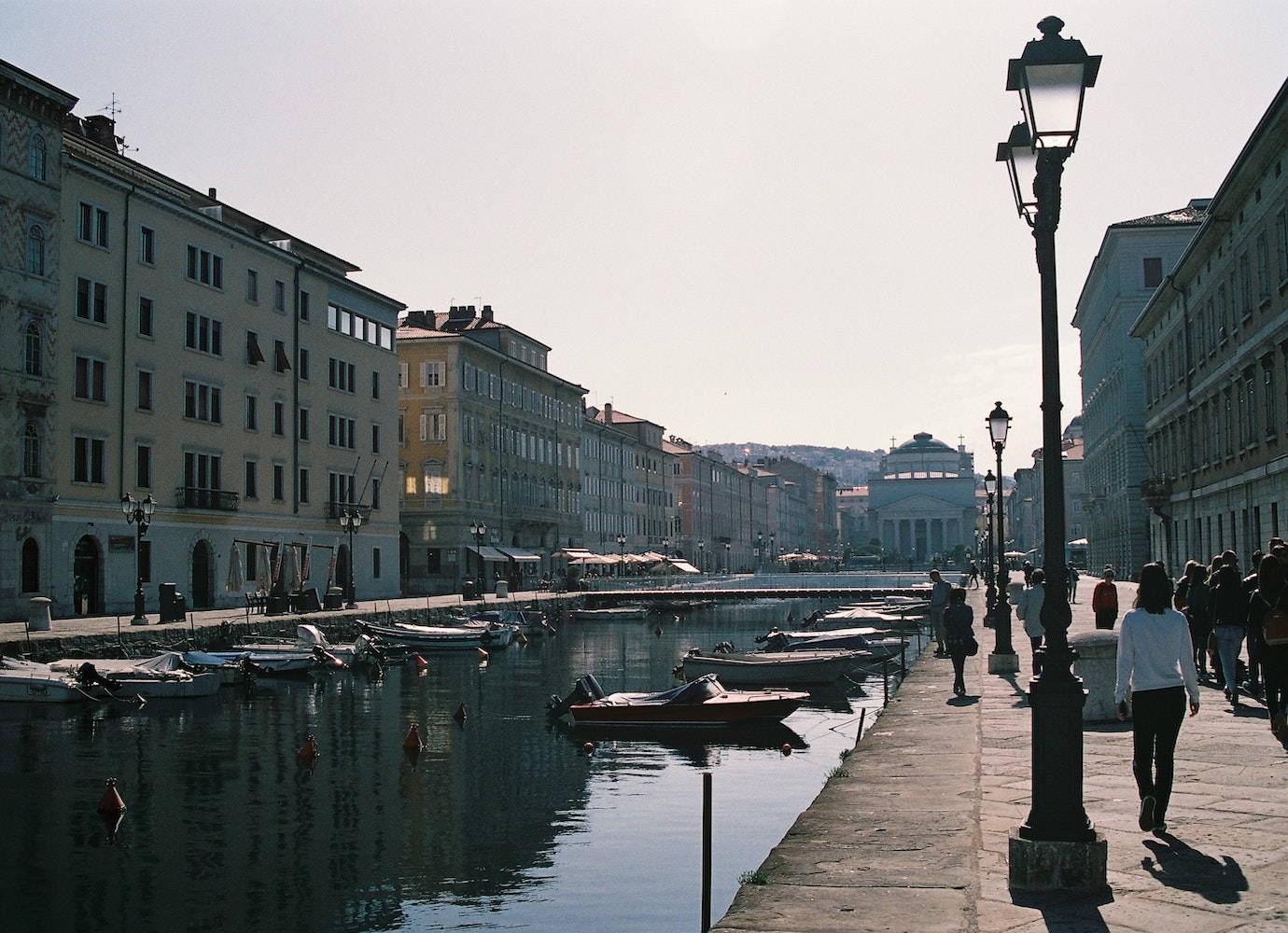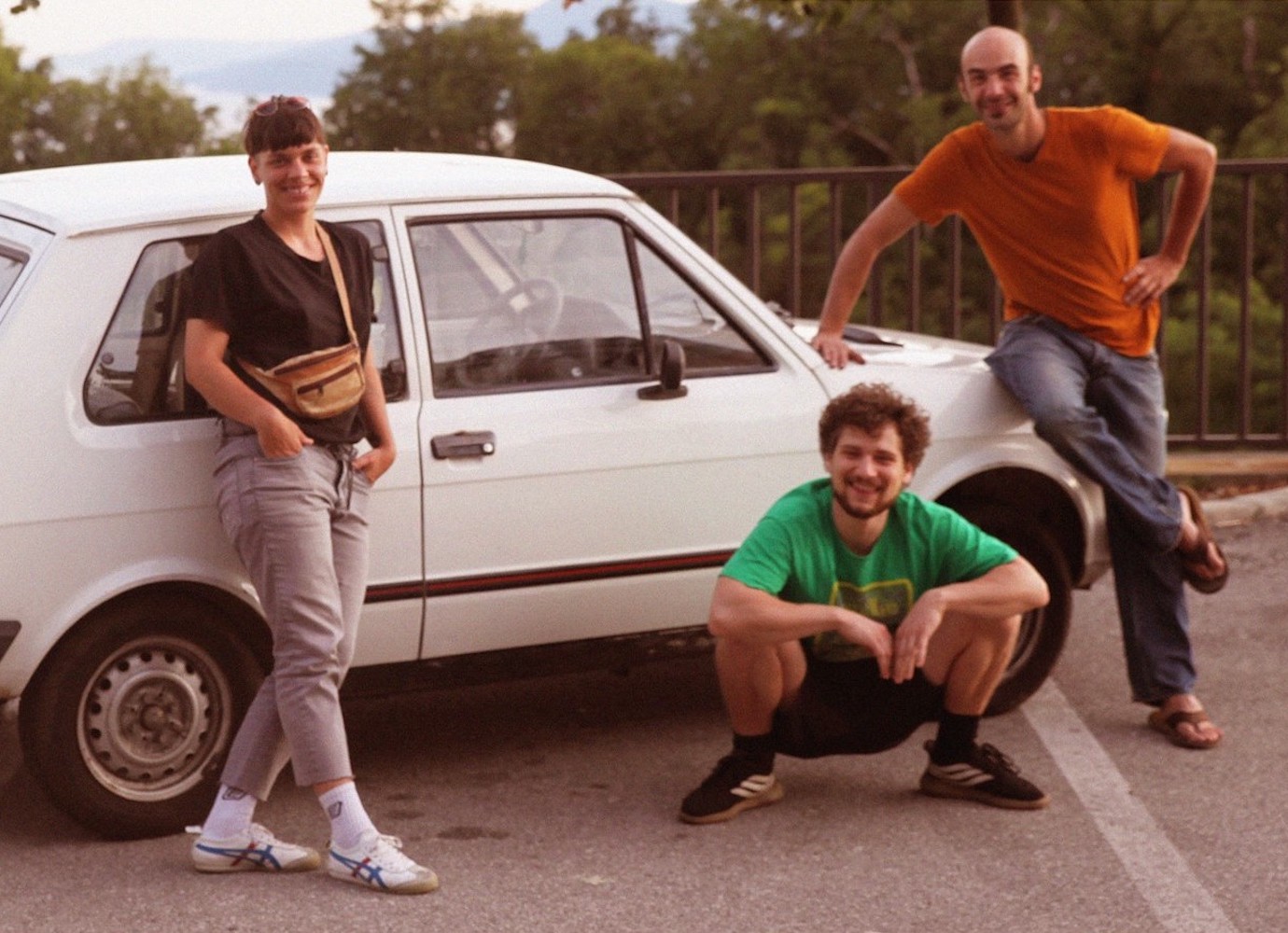Tito on film: how the myth of Yugoslavia was built on the silver screen
Yugoslav leader Josip Broz Tito was known for his love of film. When it came to building a nation, cinema was the perfect solution to cement national myths — and to take centre stage himself.
As a child, I once asked my father what life was like in Yugoslavia. He finished his long answer with: “It’ll never be as good as it was back then.” I grew up wondering why everyone felt so nostalgic about a country that, for me, was just one of many that no longer existed.
Like visions of the future, memories of the past are often distorted, a romanticised version of what was. My grandfather, whose memories of socialist life are as vivid today as when I was in school, talks about it with an air of quiet longing.“ Everybody had a job, wages were more balanced, you could always get a loan, laws were there to protect workers, and everyone could spend summer at the seaside cheaply.”
Cinema was a powerful and beloved art form in Yugoslavia, and Tito’s personal preferences certainly contributed to its popularity: he watched 8,801 films between 1949 and 1980
Yet in the former Yugoslavia, the past was often romanticised too. Yugoslav marshal Josip Broz Tito hoped to eulogise the heroism of partisan fighters during the Second World War, and with it, consolidate the Yugoslav version of communism. His favourite tool to eternalise the glory of the state: film.
Partisan war films were popular among Yugoslavs, and they are still screened on Balkan television channels today, forty years after the death of their chief patron, and thirty years after the breakup of Yugoslavia.
Cinema was a powerful and beloved art form in Yugoslavia, and Tito’s personal preferences certainly contributed to its popularity: as revealed in the 2010 documentary Cinema Komunisto, he watched 8,801 films between 1949 and 1980. But Tito was not just a mere fan of cinema. He actively took part in the production of Yugoslavia’s on-screen propaganda, especially in the 60s and early 70s, the decade of glorious partisan war epics.
In an interview in Cinema Komunisto, actor Bata Živojinović reveals that Tito read scripts and commented on them, discussed the projects with directors, and watched the films through before anyone else. His opinion mattered above all — particularly as many of these films dealt with historical events that put him at their centre.
Josef Tito behind a movie camera. Image from Cinema Komunisto (2010), dir. Mila Turajlić
These epic tales of insurgency evolved from the first Yugoslav war movies of late 40s and early 50s: naïve, romantic and rather predictable tales. They were more collective in spirit, praising the joint effort of the Yugoslavs in fighting the occupiers and legitimising the new communist regime. This People Will Live (1947, dir. Nikola Popović) is one such simple tale. Jagoda is a young Serbian village girl who joins the partisan movement, falls in love with a Croatian demolition specialist, and inspires other villagers to join the fight before she is killed not long before the credits roll. Of course, early on in the film, one character explains to the group that the communist party is the only political body capable of leading the uprising against German forces.
Tito used these films to send a message: that it was the people who freed the Yugoslav territory from the clutches of Nazi Germany, but the communists under his charge led the fight. In spirit, the new Yugoslavia belonged to all of them, but the people were not to forget who watched over the victorious campaign. A lengthy sequence of a group of partisans walking through Jagoda’s village attests to this. Villagers observe the partisans and many choose to join their ranks, leaving everything behind — there even is one shot of a mother giving her child a stick and telling him to avenge his father.
As Cinema Komunisto finds, by the 1960s, Avala Film, the Yugoslav central film studio, had gained respect in international cinema circles. The complaisance and creativity of Yugoslav producers attracted many celebrities to shoot their films on the diverse and hospitable Balkan Peninsula. The documentary also found that Yugoslav filmmakers kept an eye on foreigners and learned a thing or two about cinematography. They became more daring and began producing war epics about the grand battles and offensives on Yugoslav territory, focusing on the fighting spirit of the communist partisans under Tito’s command while also paying more attention to character’s story arcs.
Yet while Tito may have pulled the strings behind the scenes, he rarely appeared in movies as a character. Both through propaganda and his political successes at home and abroad, he had become the face of Yugoslavia, a figure larger than life whose portraits hung in almost every home and public establishment. Ultimately, it became difficult for Yugoslavs to accept a face other than his, even in films intended to glorify Tito. Mass rallies of tens of thousands of people became an integral part of his politics. In people’s minds, Tito was the person who raised them from poverty — they still lived lower-quality lives than western Europeans, but the jump from pre-war conditions was substantial. It was not uncommon for people to cry at rallies where he appeared.
“When Tito came to Ljubljana, there was excitement,” my grandmother remembers. “Factories paused production, and everyone went to the city centre to welcome him. It was interesting to see the person that was on everybody’s lips. We admired him. We were given flags to wave with when he came and children were greeting him with songs and flowers. Everything was set up, of course, but we didn’t really care.”
Velimir 'Bata' Zivojinovic in Sutjeska (1973)
It is therefore logical that directors went to great pains to avoid characterising him. Tito’s figure was simply too prominent to be portrayed adequately in the movies. Instead, he is often talked about; his portraits and photographs repeatedly shown. In The Battle of Neretva (1969, dir. Veljko Bulajić) orders bearing his signature are handed from person to person, implying his unseen but all-encompassing presence. Yet this absence reinforced his persona, giving the Yugoslav leader an almost mythical status.
A notable exception is Sutjeska (1973), produced by Stipe Delić. The film centres around the eponymous battle, where partisans under Tito’s command found themselves surrounded and outnumbered by the Germans. As Tito was still alive in the time of shooting, he was privileged with choosing an actor to play him. Through the Yugoslav embassy in London, they engaged the celebrated actor Richard Burton, who was at first skeptical about the script. He wrote in his diaries, which are available to read, that Tito “was weakly presented in it and should be stronger, and that the part was too small.” It only showed him giving orders — undoubtedly because the writers were being so careful not to offend him. Burton arranged for the script to be adapted, giving Tito more lines and screen time.
Tito’s films fed into national myths. Renowned Croatian film critic Jurica Pavičić even drew a parallel to American westerns, which Tito adored
Despite being a celebrated foreign actor, Burton’s appearance in Yugoslav film was not altogether unusual. Film casts were often international, with foreign officers or correspondents often appearing to play the role of witnesses observing and commenting on the heroism of partisans. In Sutjeska (1973), British Major Deakin praises partisan bravery in the heat of battle with words: “What amazing people”. A similar scene occurs in The Battle of Neretva (also starring Yul Brynner, Orson Welles and Sergey Bondarchuk), where an Italian soldier, Riva, played by the blue-eyed Franco Nero, turns his back on the Italian army after recognising its cruelty. He defects to the partisans where he dies as a valiant commander of the artillery, earning respect from Yugoslavs.
The Yugoslav ensemble was also taken from every conceivable background, backing up the myth of ethnic harmonisation among the south Slavic nations; the foundation on which Tito built his regime. Walter Defends Sarajevo (1972, dir. Hajrudin Krvavac) is a story about an insurgency group in Sarajevo led by the enigmatic rebel known only as Walter. Nazi Major Fohlrad is tasked with finding him, but the rebels prove to be a nut too hard to crack. After they blow up a train transporting petrol for German tanks, Fohlrad is relieved of his duties.
But before departing from Sarajevo, he casts one last glance over the city, admiring the heroism of Sarajevans and finally understanding: Walter is whole of Sarajevo, rather than just one person. In this way, Tito’s films fed into national myths. Renowned Croatian film critic Jurica Pavičić even drew a parallel to American westerns — which Tito adored — commenting that, “both deal with a part of history that was a constitutive, founding myth of the nation. And both disappeared when society no longer believed in that founding myth.”
It was not until after Tito’s death in 1980 that people began doubting the myths they saw on the cinema screen openly. My father remembers the wind of change in the 80s. “In the mid-70s, the Tito-craze was still as big as ever. I remember waving a flag when he arrived to Ljubljana. The first time I felt international tensions was in 1982, when I served in the army, but it was not until 1986 or 1987 that things started changing. The opposition was becoming louder, and new magazines appeared. The movies also changed. Comedies were more popular than war films.”
Tito’s war epics are still shown on Slovenian television — as are the comedies. Certain quotes from both genres have become legendary, used in everyday life by young and old, freed of the political background in which they were produced. But for younger generations, born into a new bundle of independent countries, the entertainment produced in Yugoslavia is only that — entertainment. It is a window into the past of our parents and grandparents: the era of what they claim were simpler times.


